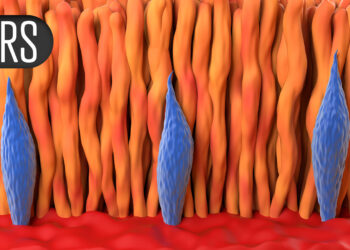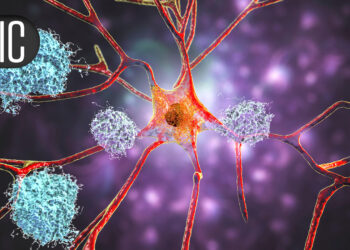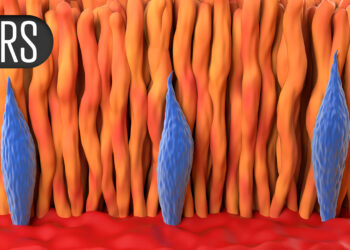Supplemental imaging techniques could more than triple cancer detection in dense breasts compared with standard care alone, according to new research.
The study, published in The Lancet, found that abbreviated MRI (AB-MRI) and contrast-enhanced mammography (CEM) could help detect an additional 3500 breast cancer cases per year in the UK.
Around 2.2 million women undergo breast cancer screening each year in the UK. Approximately 10% have very dense breasts.
Understanding Breast Density
Breast density refers to the proportion of glandular and fibrous connective tissue relative to fatty tissue as seen on mammography. Dense breasts contain more glandular and fibrous tissue and less fatty tissue.
Women with the densest breasts have a fourfold higher cancer risk than those with fatty breasts. They are also more likely to receive delayed diagnoses.
Professor Fiona Gilbert from the Department of Radiology at the University of Cambridge told Medscape News UK that introducing these imaging techniques to routine screenings could save around 700 lives each year.
“Existing research indicates that around one in five cancers detected via screening become life-threatening without intervention,” said Gilbert, who is also honorary consultant radiologist at Addenbrooke’s Hospital.
The interim results form part of the BRAID study. It is the first study to compare each imaging technique in women with normal mammograms and dense breast tissue.
Study Methodology
Researchers recruited more than 9000 women aged 50-70 years with dense breasts who had received negative mammograms.
Participants were randomly assigned to undergo AB-MRI, automated whole-breast ultrasound (ABUS), CEM, or the current standard of care, full-field digital mammography.
The primary outcome measured detection rate, defined as the percentage of women with positive supplemental imaging results leading to histologically confirmed breast cancer.
Key Findings
AB-MRI detected 17.4 cancer cases per 1000 examinations. CEM detected 19.2 cases per 1000. ABUS detected 4.2 cases per 1000. Of these, 15 per 1000 for AB-MRI, 4.2 for ABUS, and 15.7 for CEM were invasive cancers. Detection rates for AB-MRI and CEM were similar and significantly higher than for ABUS.
Secondary outcomes included the difference in recall rates and tumour characteristics among the arms. Both AB-MRI and CEM had recall rates of 9.7%. ABUS had a 4% recall rate.
Invasive tumours found by AB-MRI and CEM were half the size of those detected by ABUS.
Safety Profile
No adverse events occurred in the ABUS group. The AB-MRI group had one case of extravasation but no other adverse events.
The CEM group experienced 24 iodinated contrast events — 17 minor, six moderate, and one severe — and three extravasations.
“There were some adverse reactions to [intravenous] iodine (the contrast agent in CEM), but this is already commonly used (about 40% of CT scans), and these people could still be offered AB-MRI. As such, the fact that there are two options (CEM and AB-MRI) that performed equally well can be a real benefit,” said Gilbert.
Study Limitations
The researchers noted that they could not measure screening benefit and overdiagnosis.
“Some of the detected cancers would not have gone on to become life threatening if left alone,” according to Gilbert, who said that “a future challenge for research is to work out how we can get better at telling the difference between the ones that will become harmful and the ones that won’t.”
The cohort will be followed for 3 years to account for possible relapses and interval cancers.
Recall rates for AB-MRI and CEM improved as clinicians became more familiar with analysing the scans. However, care should be taken to minimise these should the supplementary techniques be introduced to population screening, the authors noted.
According to Gilbert, the study made use of technologies that are already widely available without additional costs or resources. However, she noted that a cost-benefit analysis is needed before the techniques could be integrated into routine screening.
Kotryna Temcinaite, head of research communications and engagement at Breast Cancer Now, called for the research findings to be considered. “If the UK National Screening Committee recommends additional imaging for screening women with very dense breasts, we’ll push for those changes to be rolled out as quickly as possible across the UK,” she said.
Annie Lennon is a medical journalist. Her writing appears on Medscape Medical News, Medical News Today, and Psych Central, among other outlets.
Source link : https://www.medscape.com/viewarticle/new-imaging-triples-dense-breast-cancer-detection-2025a1000d7j?src=rss
Author :
Publish date : 2025-05-27 12:19:00
Copyright for syndicated content belongs to the linked Source.














